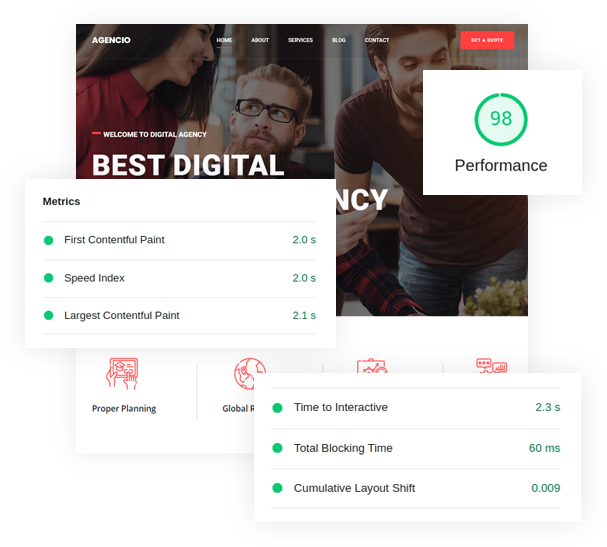How to Fix Joomla Website Indexing Problem
A well-indexed website is crucial for search engine visibility and organic traffic. If your Joomla website isn't being indexed properly by search engines like Google, it can be frustrating. This guide will walk you through several steps to diagnose and troubleshoot common indexing issues with your Joomla site.
Check Your Robots.txt File
The robots.txt file instructs search engine crawlers on which pages to index and which to avoid. Ensure your robots.txt file isn't accidentally blocking search engines from crawling your content.
Access Your robots.txt File
You can typically access your robots.txt file through your web hosting control panel's file manager or by directly visiting https://www.yourdomain.com/robots.txt (replace yourdomain.com with your actual domain name).
Verify Indexing Permissions
User-agent: *
Disallow:
# Allow all search engines to crawl all content
Allow: /
This configuration allows all search engines to crawl all your website's content. If you see Disallow: / or other restrictive directives, adjust them to permit indexing (consult Joomla's documentation for specific robots.txt syntax).
Additional Tips
- Use tools like Google Search Console's
robots.txttester to validate your file's accuracy. - Avoid blocking essential files like CSS or JavaScript that can affect website rendering.
Inspect for Canonical URL Issues
Canonical URLs tell search engines which version of a page (e.g., with or without trailing slashes) is the preferred one, preventing duplicate content penalties.
How to Check for Canonical Issues
Use browser developer tools (like Chrome DevTools) to examine the <link rel="canonical"> tag within the <head> section of your website's code.
Ensure the canonical URL points to the correct version of the page.
Joomla's Built-in SEO Settings
Joomla offers SEO settings for articles, menus, and other content types. Verify that canonical URLs are set appropriately within these configurations. If using third-party SEO extensions, check their documentation for specific canonical URL management options.
Inconsistent or incorrect canonical URLs can confuse search engines and hinder indexing. Maintain consistency in your canonicalization strategy.
Address Meta Tag Issues
Meta tags provide essential information about your website's content to search engines.
Check for Missing or Duplicate Meta Descriptions
Meta descriptions are snippets of text displayed in search results. Ensure each page has a unique and informative meta description. Avoid duplicate meta descriptions, as they can negatively impact search engine rankings.
Inspect for Meta Robots Directives
The robots meta tag can be used to instruct search engines on how to index a page. Values like noindex or nofollow can prevent indexing. Verify that your meta robots tags aren't accidentally blocking indexing (consult Joomla's documentation for details).
Code Example (Example Page with Descriptive Meta Tags)
<head>
<title>Your Page Title</title>
<meta name="description" content="A concise and informative description of your page's content." />
</head>
Additional Considerations
- Use relevant keywords in your meta titles and descriptions, but avoid keyword stuffing.
- While meta keywords aren't a direct ranking factor anymore, they can still provide context for search engines.
Resolve 404 (Not Found) Errors
Broken links or deleted pages can lead to 404 errors, which can signal indexing problems to search engines.
Identify 404 Errors:
- Use tools like Google Search Console to identify crawl errors, including 404s.
- Third-party SEO tools can also help pinpoint broken links.
Fix Broken Links:
Prevent Future 404s:
When deleting content, consider implementing 301 redirects to appropriate pages.
Regularly check your internal links for functionality.

